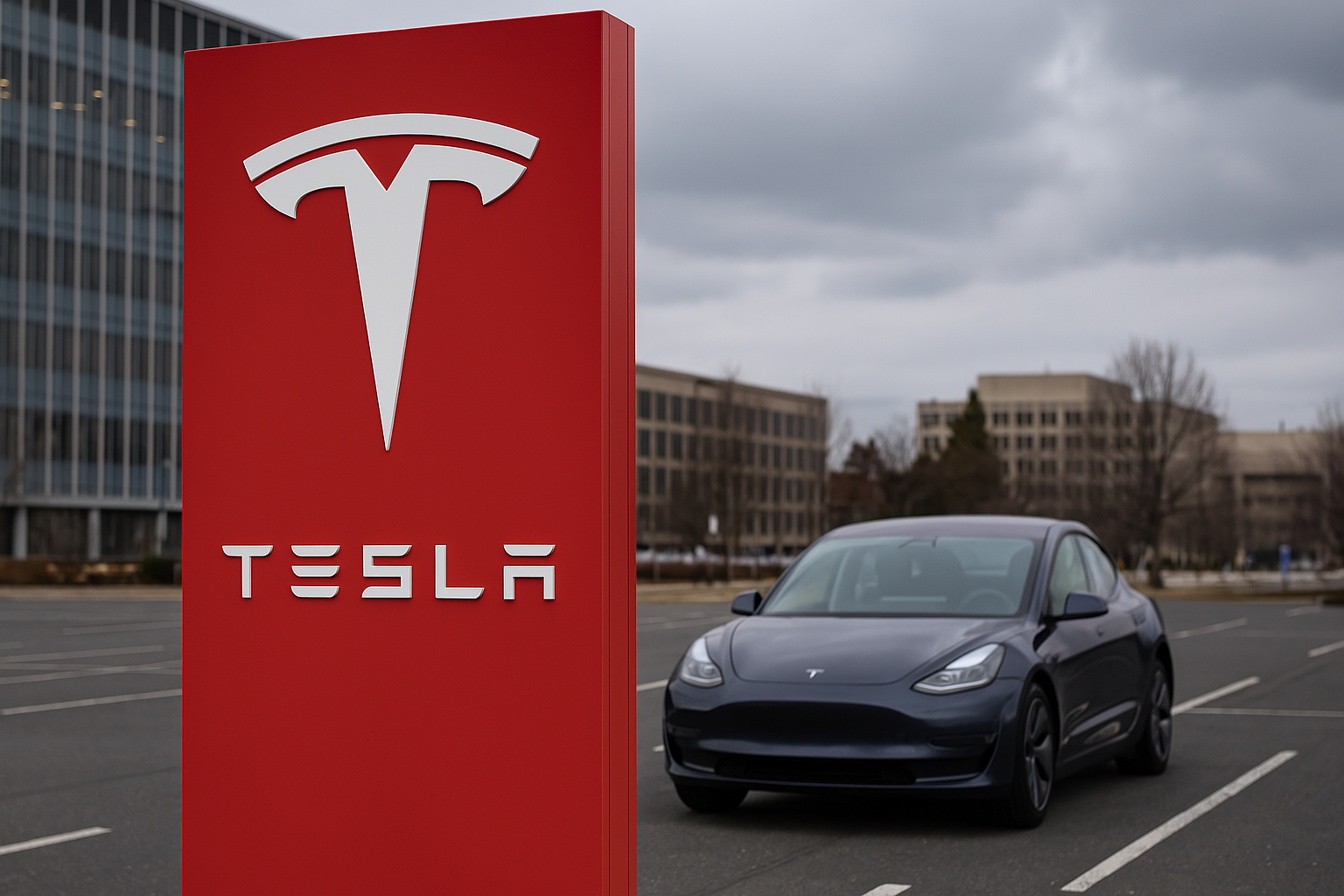
Tesla remains a dominant force in the electric vehicle (EV) industry, but in 2025, its stock has become a rollercoaster ride—and that volatility is sending shockwaves throughout the global EV market. Once considered the bellwether for clean transportation, Tesla’s recent swings in valuation are prompting investors to rethink their exposure to the entire EV sector.
1. A Series of Mixed Earnings and Bold Promises
Tesla’s latest earnings report beat expectations in revenue but fell short on margins, largely due to aggressive price cuts on its Model 3 and Model Y lines. CEO Elon Musk doubled down on full self-driving (FSD) ambitions and hinted at a new lower-cost “Model 2” launch by late 2025.
While some investors saw this as a forward-looking signal, others viewed the thinning margins as a red flag. The result? A 12% swing in Tesla’s stock price in just 48 hours post-earnings.
2. Market Overreaction or Real Risk?
Tesla’s stock has always been a battleground between bulls and bears, but 2025 is showing even greater divergence. Bulls remain confident in Tesla’s AI, energy storage, and robotics ambitions. Bears are increasingly focused on macro risks: slowing EV demand in Europe, tightening regulations in China, and rising competition from both established automakers and nimble startups.
As Tesla sets the tone for the EV narrative, its volatility is making investors more cautious across the board.
3. Ripple Effect on Competitors and Startups
Tesla’s price cuts and uncertain profitability are forcing rivals like Ford, General Motors, and Lucid Motors to adjust their strategies. Ford’s EV division reported a temporary production pause to reevaluate supply chain costs, while Rivian’s stock slipped 8% after Tesla’s earnings call, driven by fears of a pricing war.
Smaller startups with less cash on hand are particularly vulnerable, as investor appetite for high-risk, high-burn companies cools off.
4. Institutional Investors Are Rotating Out
Large funds that once loaded up on EV stocks are now rotating into less volatile clean energy sectors or diversified industrials. Tesla’s weight in ETFs like ARK Innovation and QQQ has led to ripple effects—when Tesla moves, these funds move too.
Analysts at Goldman Sachs recently downgraded Tesla to “Neutral,” citing valuation risks and regulatory uncertainty in international markets.
5. Long-Term Vision Still Intact—But With Caveats
Despite short-term turbulence, Tesla’s long-term vision continues to capture imagination. The company’s progress on autonomous driving, battery efficiency, and vertical integration gives it a strategic moat. However, execution risk and unpredictable leadership style keep volatility high.
In 2025, investors are learning that even market leaders can be unpredictable—and that Tesla’s every move reshapes not just its own destiny, but the broader EV investment landscape.
Final Thoughts: Buckle Up for the Ride
Tesla is still at the heart of the EV revolution—but its volatility has transformed it from a growth stock darling into a market disruptor in the most literal sense. For investors, it’s a lesson in balancing vision with risk—and understanding that in the EV space, the road to the future isn’t always smooth.